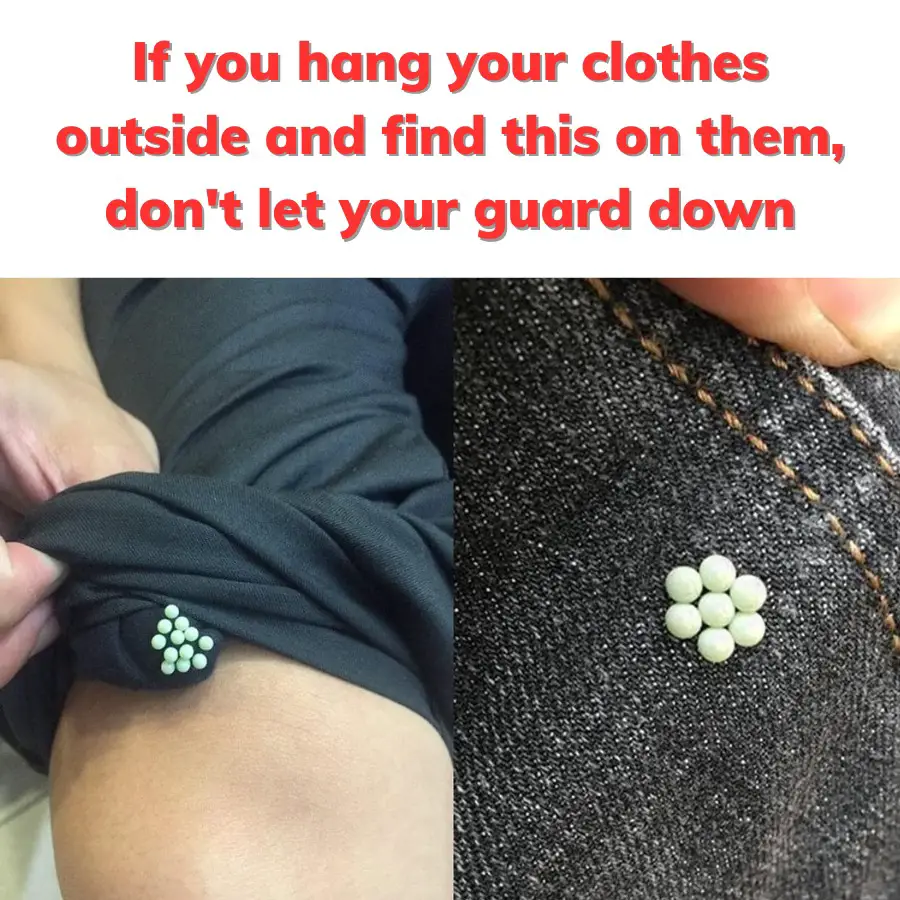Have you ever noticed clusters of small, round pellets on tree trunks or leaves and wondered about their origin? These intriguing formations are not mere coincidences of nature but are, in fact, the eggs of the lychee stink bug (Tessaratoma papillosa), a pest known for its detrimental effects on fruit trees, particularly lychee and longan.
Understanding the Lychee Stink Bug
The lychee stink bug is a member of the Tessaratomidae family, recognized for its distinctive yellow-brown body, which measures approximately 25 to 30 millimeters in length. A notable feature of this insect is the white, waxy coating that envelops its abdomen, giving it a unique appearance. Despite its seemingly harmless look, the lychee stink bug poses significant threats to fruit-bearing trees.
Life Cycle and Behavior
The reproductive cycle of the lychee stink bug begins with the female laying eggs in clusters, often on the underside of leaves or on tree trunks. These eggs appear as small, round pellets, making them less conspicuous to the untrained eye. Upon hatching, the larvae, along with adult bugs, feed on the sap of the host tree. This feeding activity weakens the branches, reduces fruit yield, and can lead to stunted growth and poor-quality harvests, severely impacting farmers’ livelihoods.
Identifying Infestation
Early detection of lychee stink bug infestations is crucial for effective management. Signs to look for include:
- Egg Clusters: Small, round pellets on leaves or trunks.
- Presence of Bugs: Yellow-brown insects with a white, waxy abdomen.
- Damage Symptoms: Wilting leaves, weakened branches, and reduced fruit production.
Control and Management Strategies
Managing lychee stink bug populations requires a combination of methods:
- Regular Monitoring: Inspect trees frequently for signs of eggs or bugs, especially during warmer months when they are most active.
- Mechanical Control: Remove and destroy egg clusters manually to prevent hatching.
- Biological Control: Encourage natural predators, such as certain birds and parasitic wasps, which feed on stink bugs.
- Chemical Control: Use insecticides judiciously, following agricultural guidelines to minimize environmental impact.
Impact on Agriculture
In regions where lychee and longan cultivation is prevalent, the lychee stink bug has become a significant concern. The damage caused by these pests not only affects crop yield but also the quality of the fruit, leading to economic losses for farmers. Implementing integrated pest management practices is essential to mitigate their impact and ensure the sustainability of fruit production.
Conclusion
The small, round pellets you observe on trees are more than just natural curiosities; they are indicators of the lychee stink bug’s presence. Understanding their life cycle and the damage they inflict is vital for effective control. By staying vigilant and employing appropriate management strategies, farmers and gardeners can protect their trees and maintain healthy, productive orchards.

